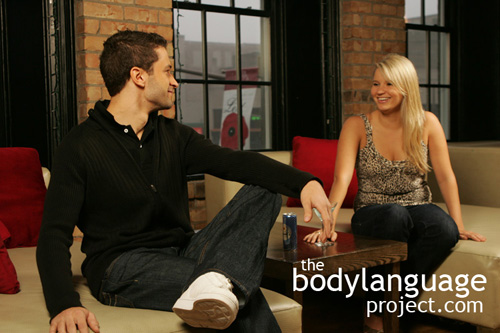It should be immediately obvious what the true purpose is for meeting based on the type of seating provided. A formal setting that is boardroom-like with status icons means that serious business is at hand, whereas a couch with a coffee table signifies much less urgent matters. When we meet formally, relationship building is not the aim, more casual meetings build relationships, so we should either plan or act accordingly. If the boss calls the meeting, we should know what is up before we even get there so we know what to expect.
Seating arrangements are a big part in how the meeting will transpire. For example, facing one another means that ideas are divisive and that party’s are probably unwilling to change, or if desired we can even foster more competition by artificially creating this arrangement. Perhaps not useful under the average circumstance, but effective non-the-less for lawyers who wish to milk clients dry by stretching out legal disputes! Sitting at forty-five degrees and on the same side means that ideas are informal and group minded where cooperation is sought. Smaller tables create more intimacy and group building, whereas larger tables emphasis more independence and creativity. More of this is covered in the chapter on seating arrangements. For now let’s focus on possible hidden agendas with respect to how we sit.
There are three basic reasons for meeting, they are ‘affiliation’ to build group cohesion, ‘achievement’ to get things done, and ‘power’ to emphasis control. Who calls the meeting and who is in charge will depend on how the meeting will be organized. To go along with the three types of meetings, there are three types of people in business. They are the ‘affiliator’ the ‘achiever’ and the ‘power player’. The affiliator is interested in building relationships, they arrive early and make a point of checking in with everyone and making sure everyone is happy and taken care of. They smile often and make eye contact frequently. They will set up meetings to foster cooperation and will often stay behind to answer any questions. The achiever will arrive on time and won’t want to waste a minute. If he talks before the meeting it will be because it was important and he’ll sit closest the person with the highest rank. They often show up well prepared with note pad, fact sheets, and so forth. They keep time, don’t stray off topic and leave as soon as the meeting is over. The final type, the power player is someone that arrive slightly late, spends most of his time with other leaders, and will try to sit where he can influence the most people possible. This person will also interrupt others more often, and they will stay right until everyone has left so as not to miss something, or miss out on important decisions.
Paying attention to who is running the meetings will tell us the goals of the meetings since not everyone is upfront about their purpose. Each meeting should begin by assessing where they sit, and why, as well as the types of personalities they have. As leaders, we can also manipulate the strengths of those around us for our own success. For example, you can use the affiliator initially and at the end to build group cohesion, the achiever to direct the middle of the meeting to get things done, and finally employ the power player to identify any potential pit-falls or struggles within the group.


